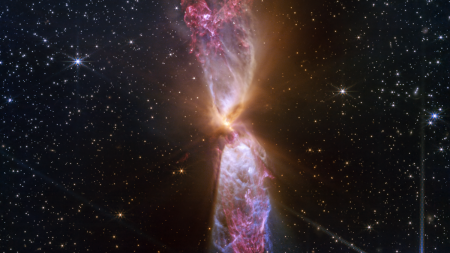The Snow Moon: A Celestial Event to Brighten February Skies
Introduction to the Snow Moon
This week, astronomy enthusiasts are in for a treat as the Snow Moon, February’s full moon, reaches its peak illumination. On Wednesday at 8:53 a.m. EST, the moon will be at its brightest, offering a wonderful opportunity for stargazers to witness its splendor. However, the best viewing times are expected to be on Tuesday and Wednesday nights when the moon is high in the sky. The full appearance of the moon will last until early Thursday evening, as confirmed by NASA. For those eager to catch a glimpse, the Old Farmer’s Almanac provides detailed moonrise times for specific ZIP codes across the U.S., ensuring that viewers can plan their observations accurately. Additionally, local weather forecasts will help determine the clarity of the night sky, which is crucial for optimal viewing.
The Origins of the Snow Moon’s Name
The Snow Moon derives its name from the heavy snowfall that is typical during February, making it a fitting title for the month’s full moon. This traditional name reflects the harsh winter conditions often experienced in the Northern Hemisphere. However, the Snow Moon isn’t the only name associated with February’s full moon. It is also referred to as the Bald Eagle Moon, Eagle Moon, Black Bear Moon, Raccoon Moon, Groundhog Moon, and Goose Moon. These names are inspired by the behaviors of various animals during this period, providing a glimpse into the natural world and the cultural traditions behind these monikers. For example, the Groundhog Moon ties into the popular Groundhog Day, which occurs in early February.
February’s New Moon and the Next Full Moon
In addition to the Snow Moon, February also hosts a new moon on February 27, marking the phase where the moon’s illuminated side faces away from Earth. This event is a significant part of the lunar cycle, offering astronomers and enthusiasts another opportunity to observe and study the moon’s phases. Following February, the next full moon will occur on March 14, known as the Worm Moon. This marks the final full moon of winter, as spring will officially begin on March 20. The Worm Moon signals the end of the colder months, bringing with it the promise of new life and renewal.
Cultural Significance of Lunar Naming Traditions
The naming of full moons is a tradition deeply rooted in culture and history, often reflecting the seasonal activities and natural phenomena of the time. Names like the Bony Moon and Hungry Moon, also associated with February, highlight the scarcity of food during the late winter months. These names not only add poetic flair to the lunar cycle but also serve as a reminder of the challenges faced by earlier societies during this period. By understanding the origins of these names, we can gain a deeper appreciation for the cultural and historical context of astronomical events.
Conclusion: The Snow Moon as a Reflection of Nature’s Beauty
The Snow Moon is more than just a celestial event; it’s a connection to nature’s cycles and the traditions that have shaped human understanding of the universe. As we marvel at the beauty of the full moon, we are reminded of the enduring relationship between Earth and the moon, and the ways in which this relationship influences our lives. Whether you’re an avid astronomer or simply someone who appreciates the beauty of the night sky, the Snow Moon offers a moment of wonder and reflection. So, this week, take a moment to gaze up at the sky and enjoy the fleeting beauty of this winter full moon before it gives way to the arrival of spring.









